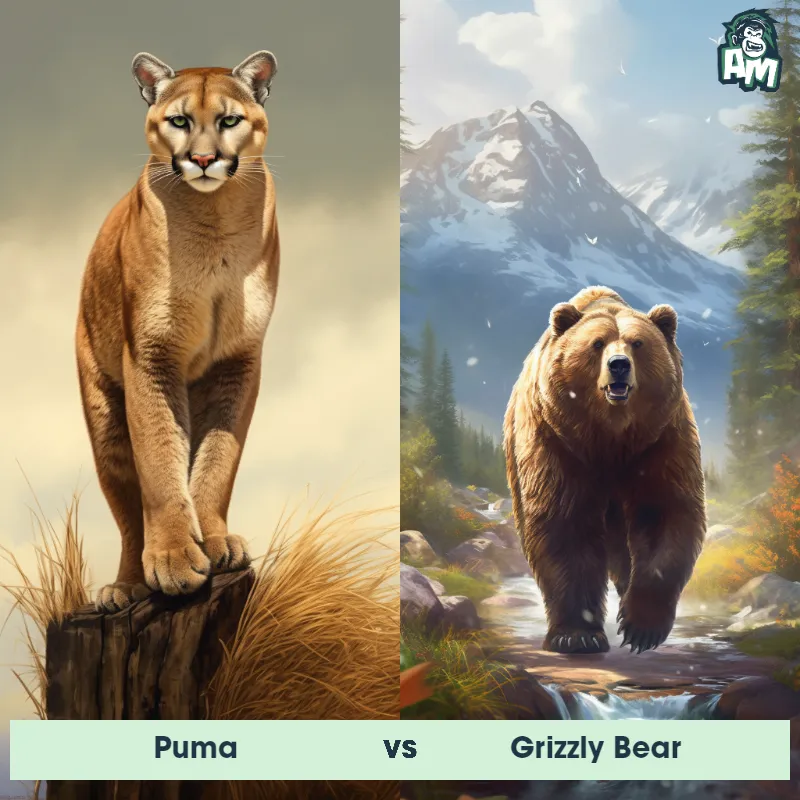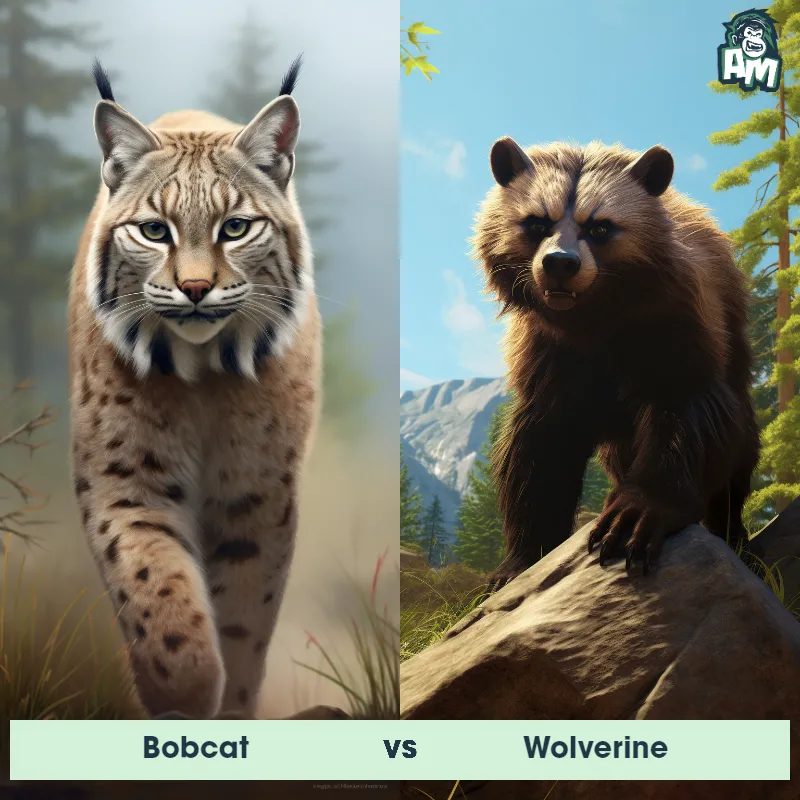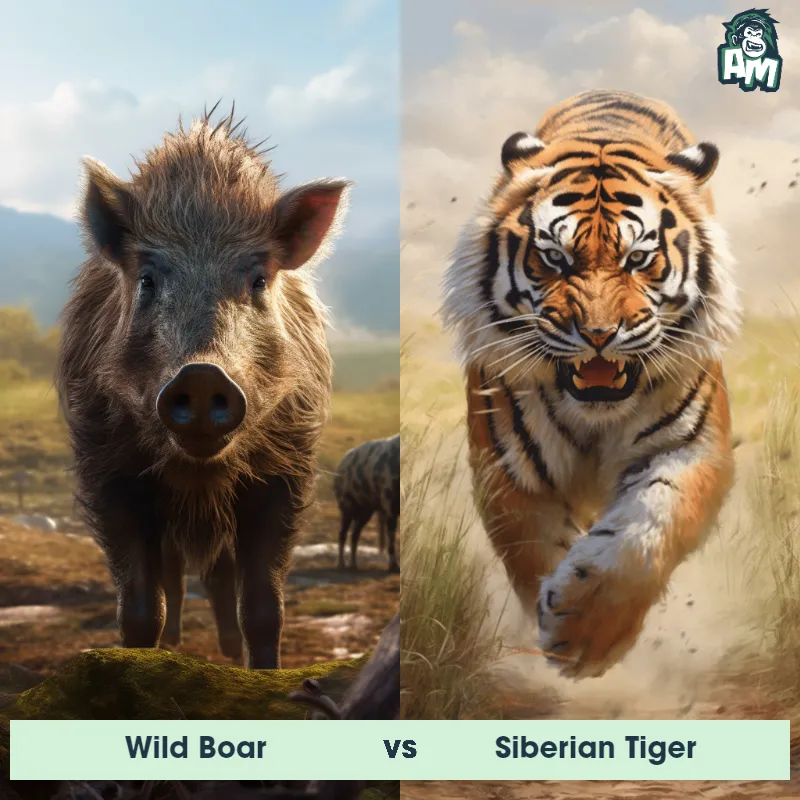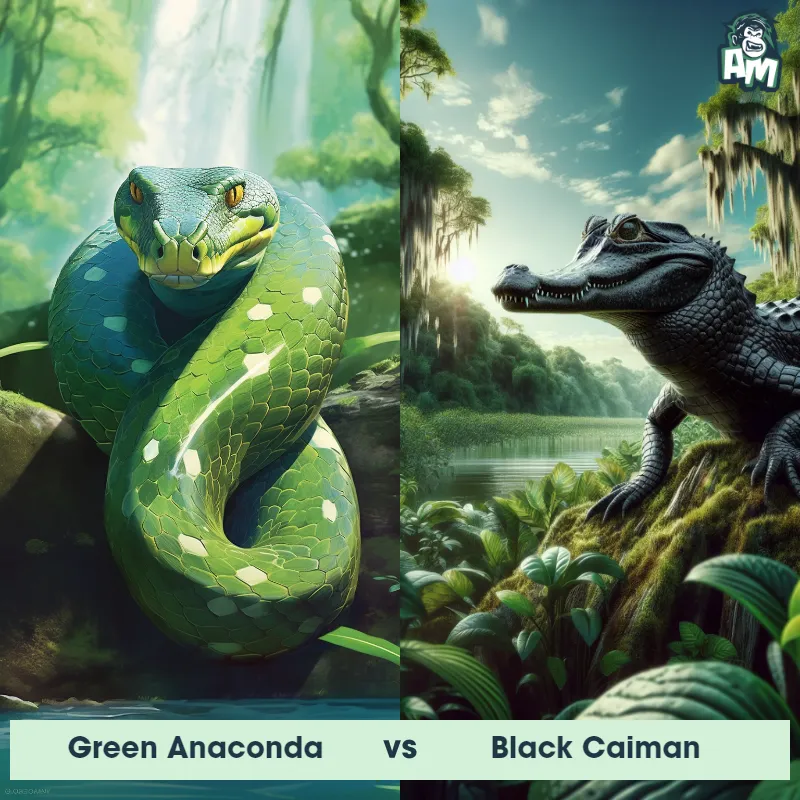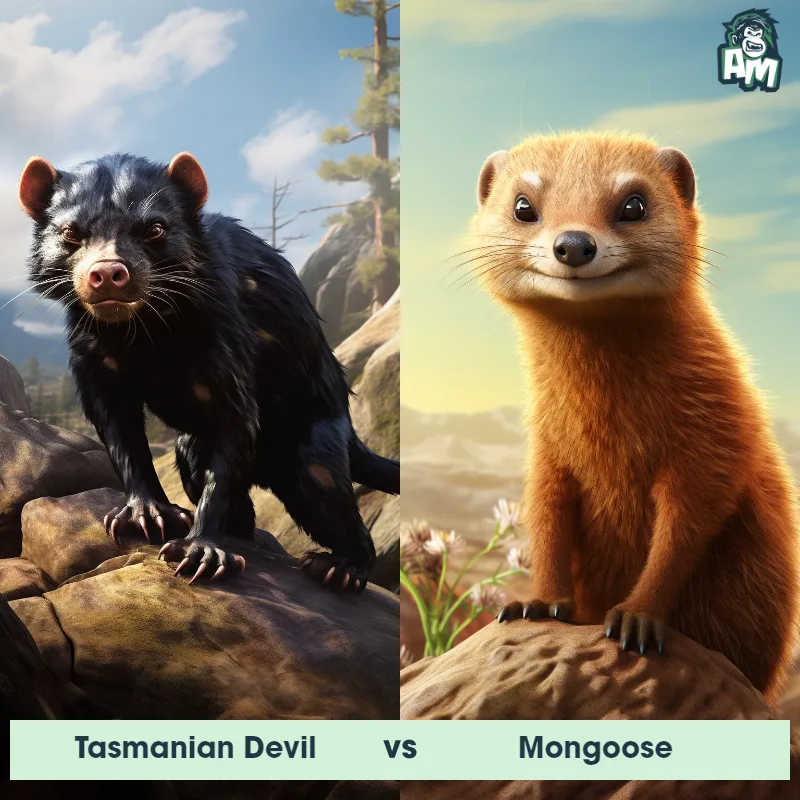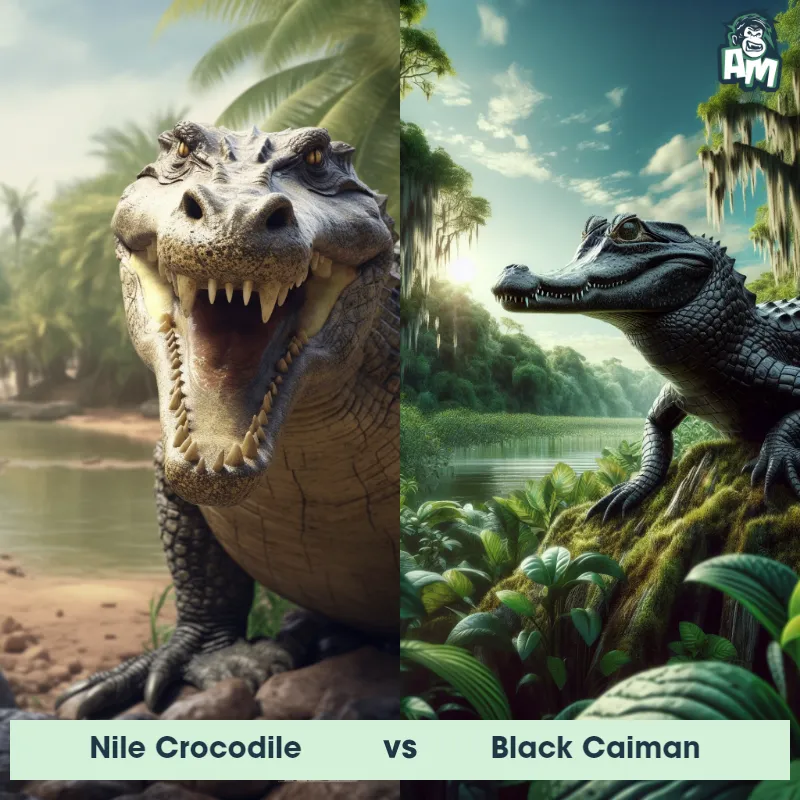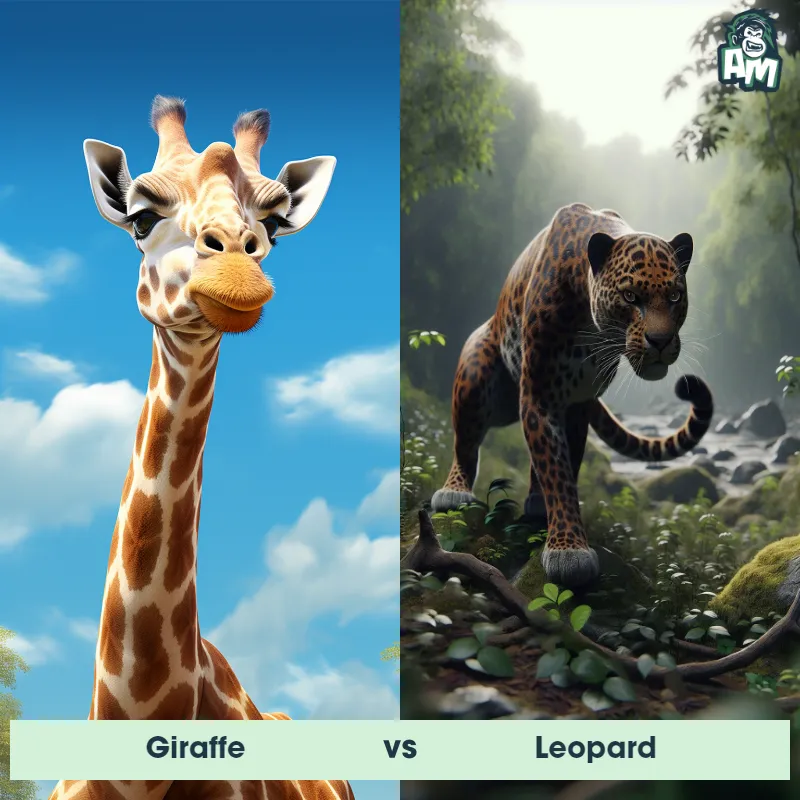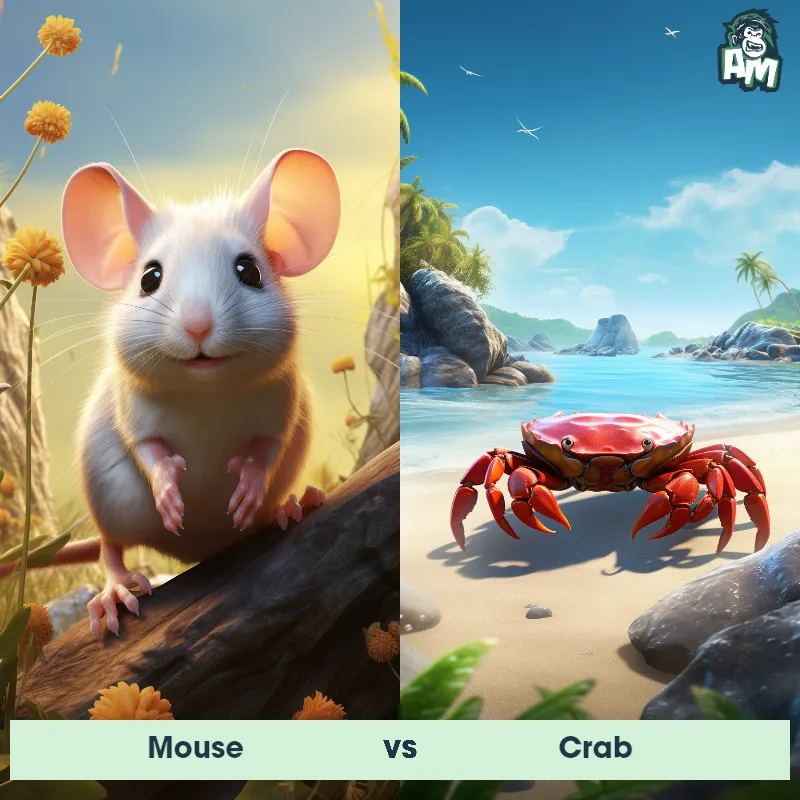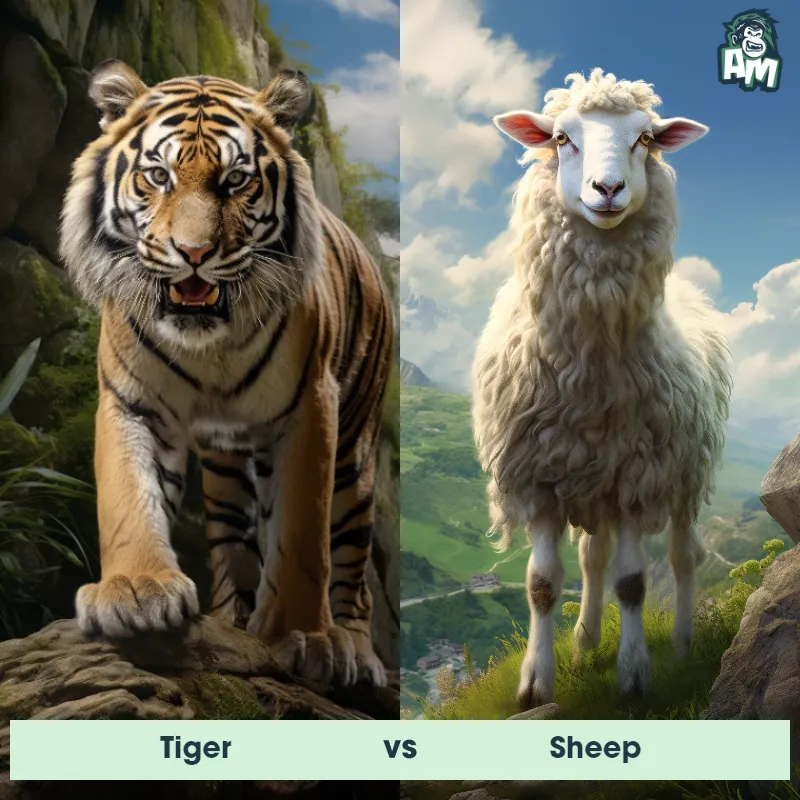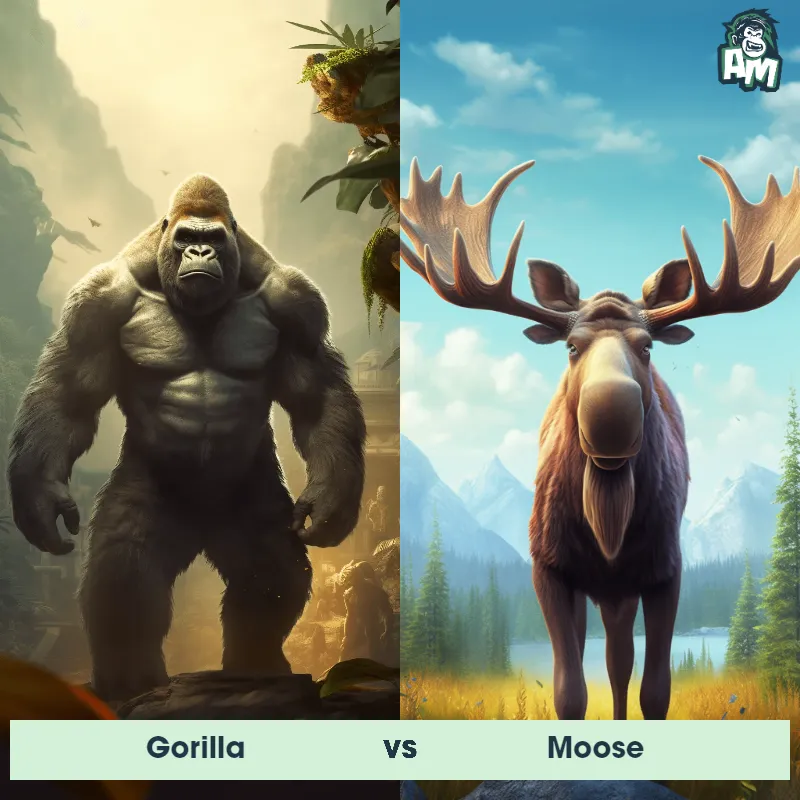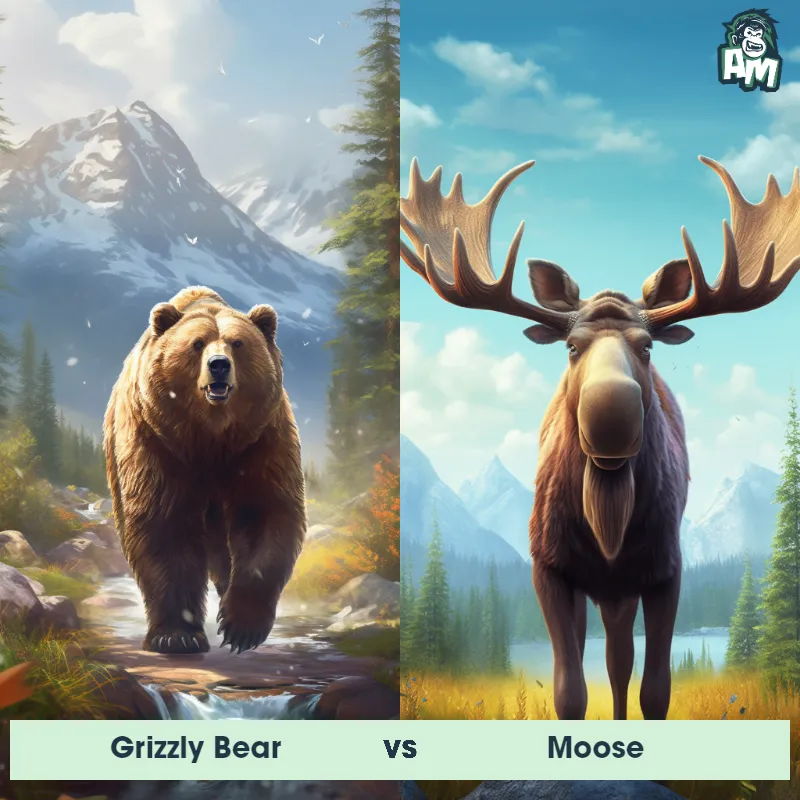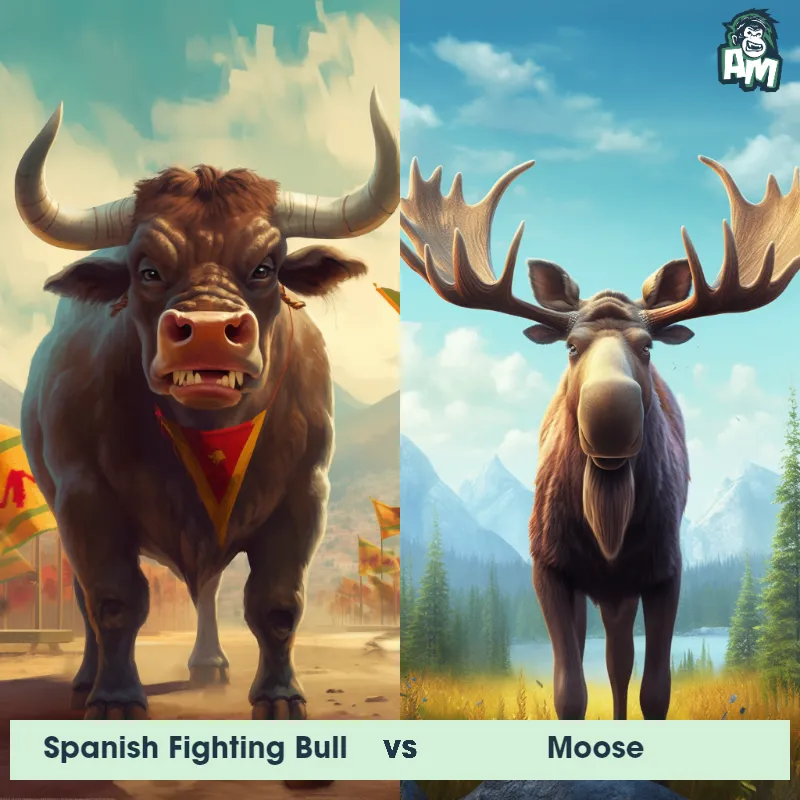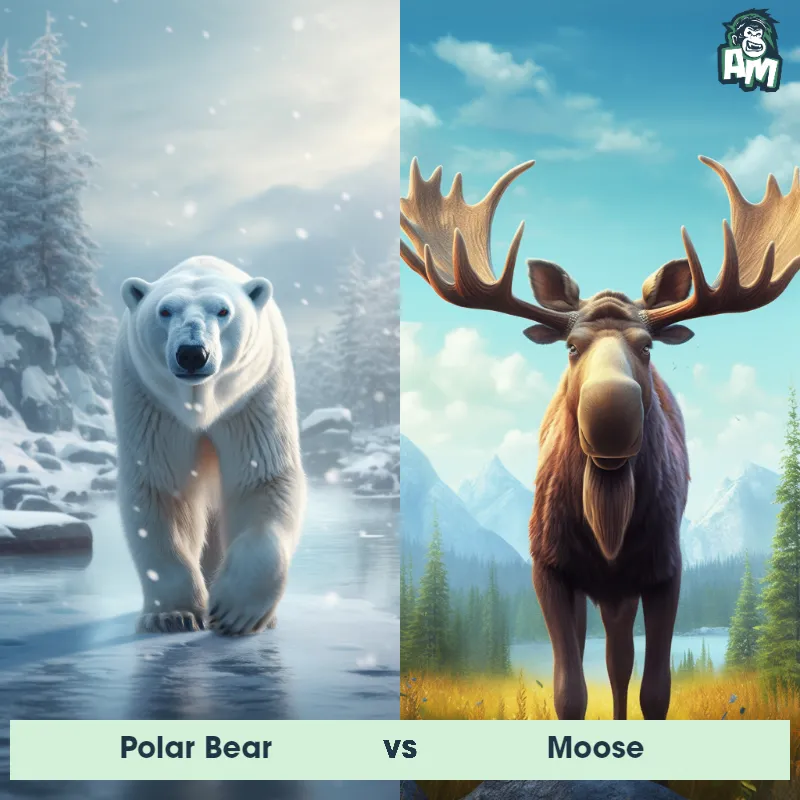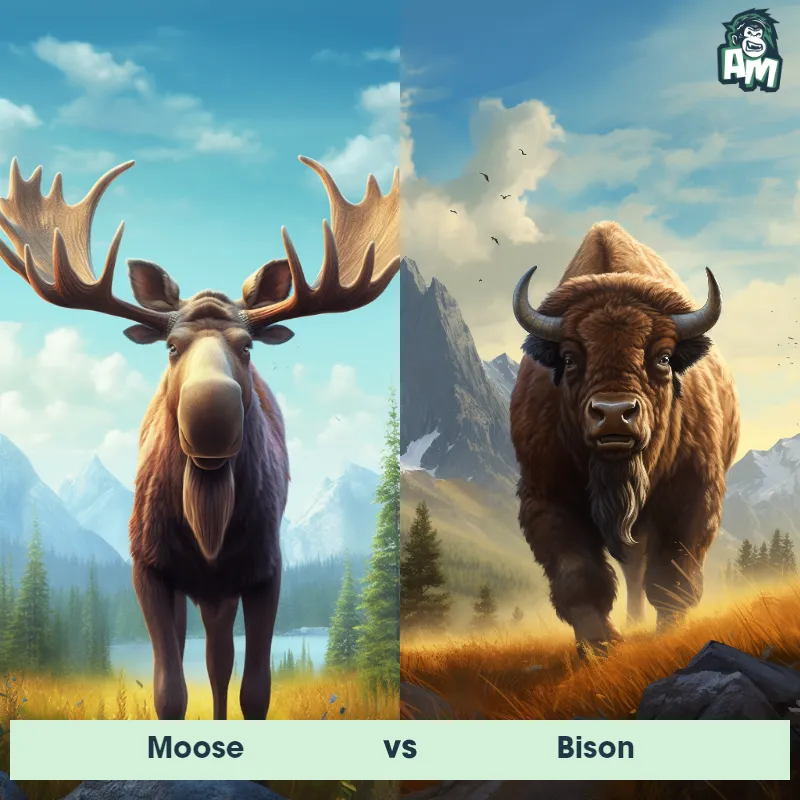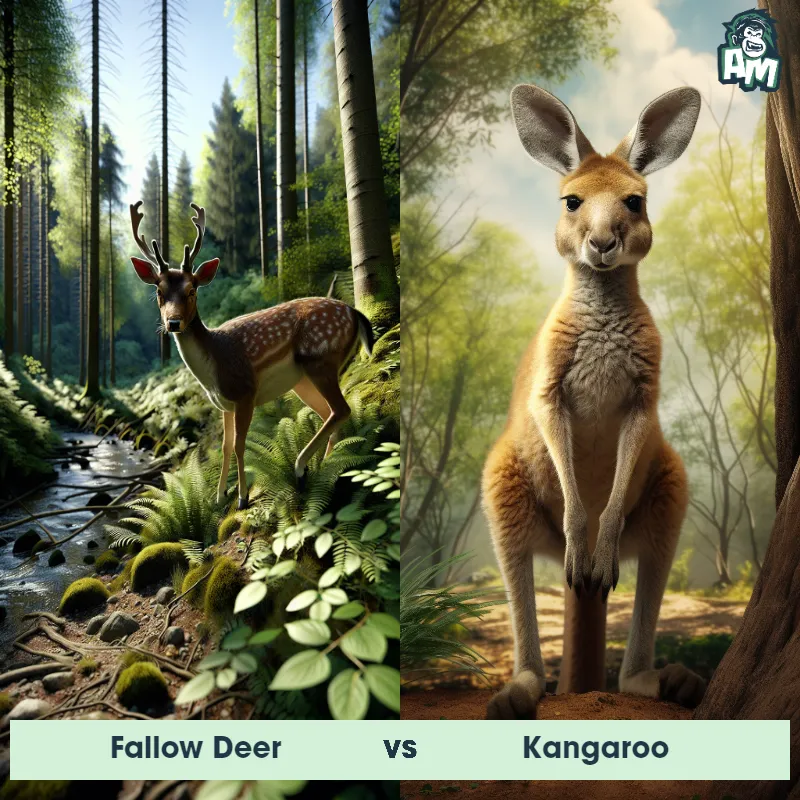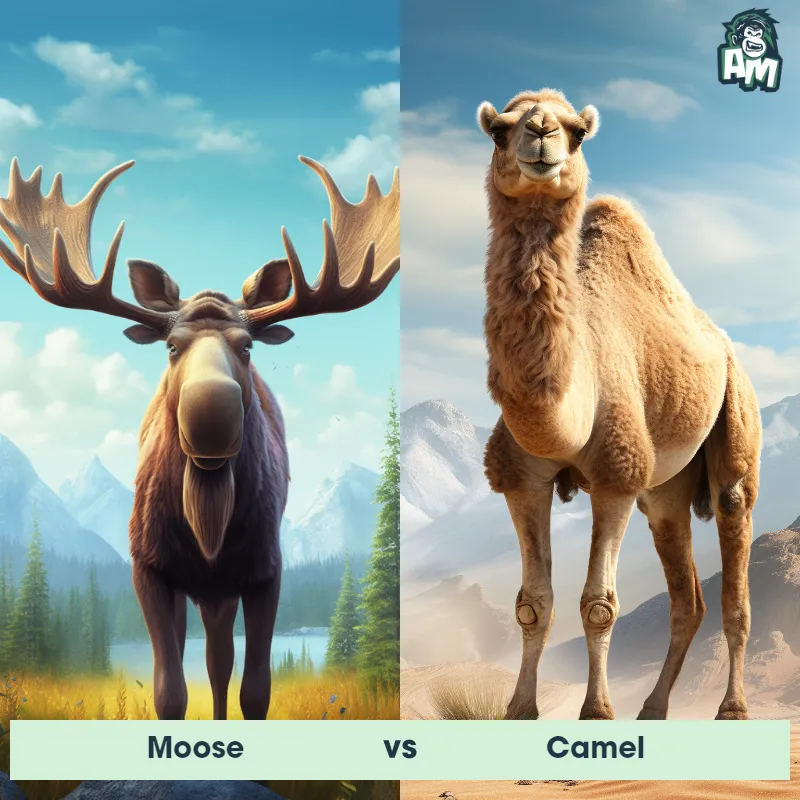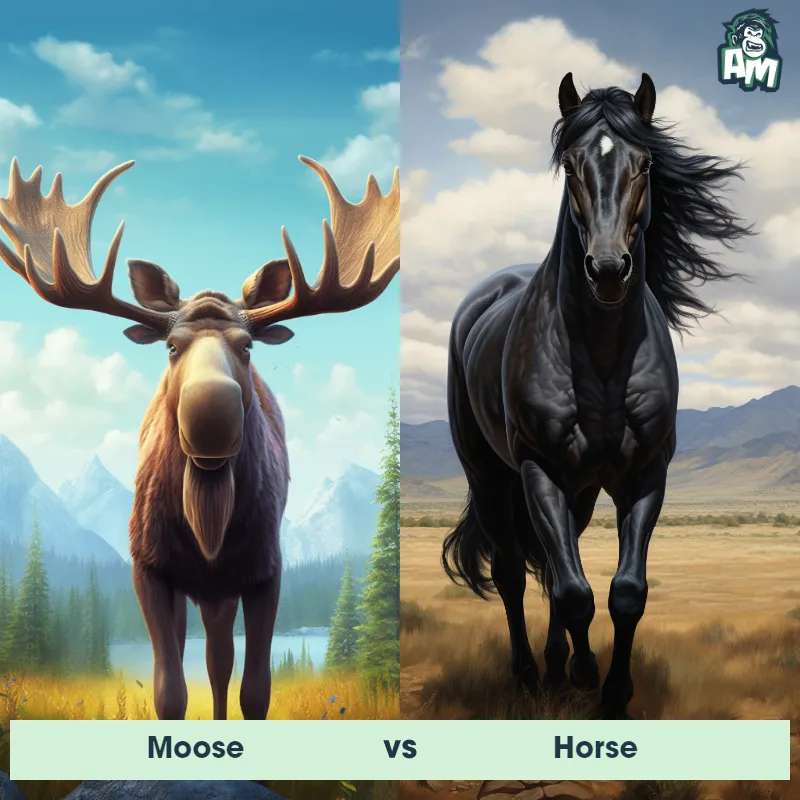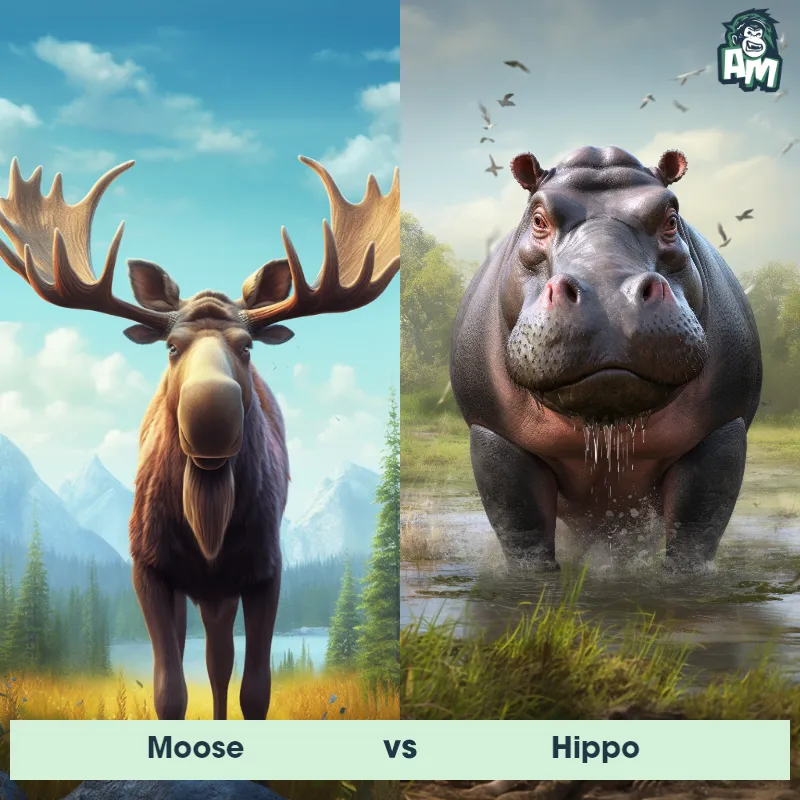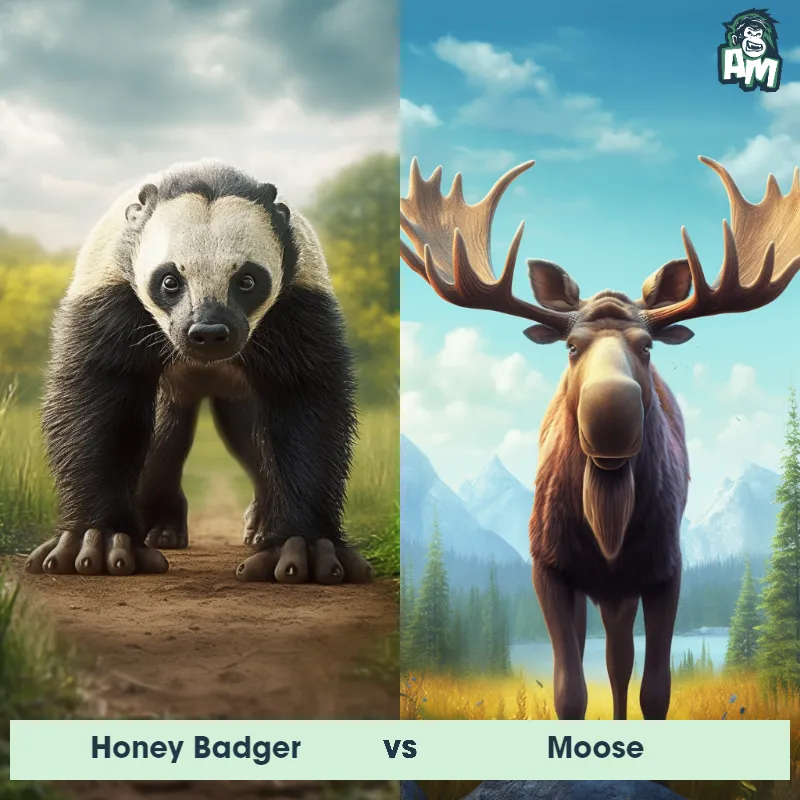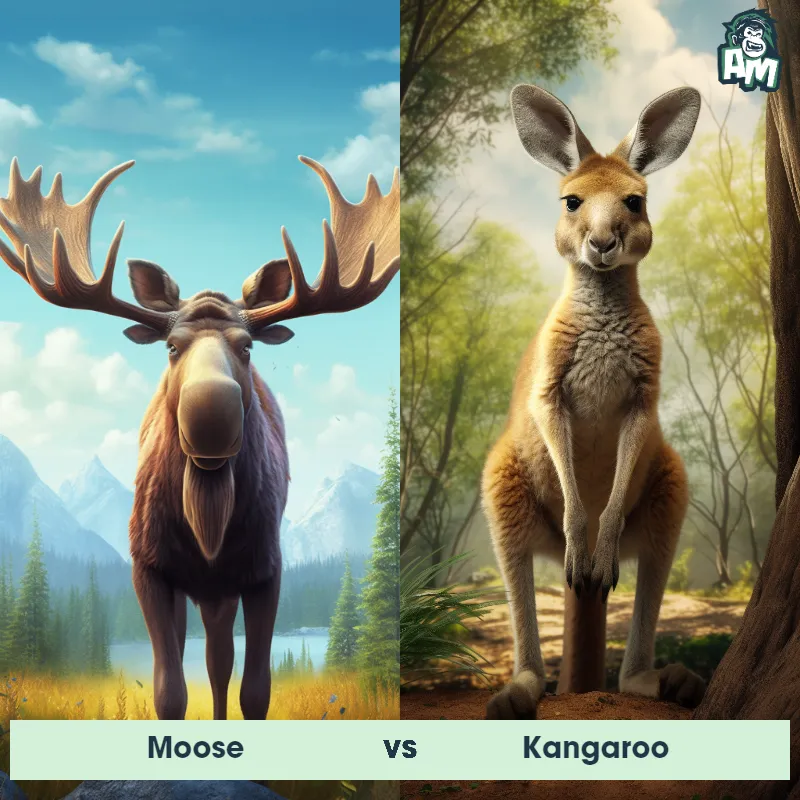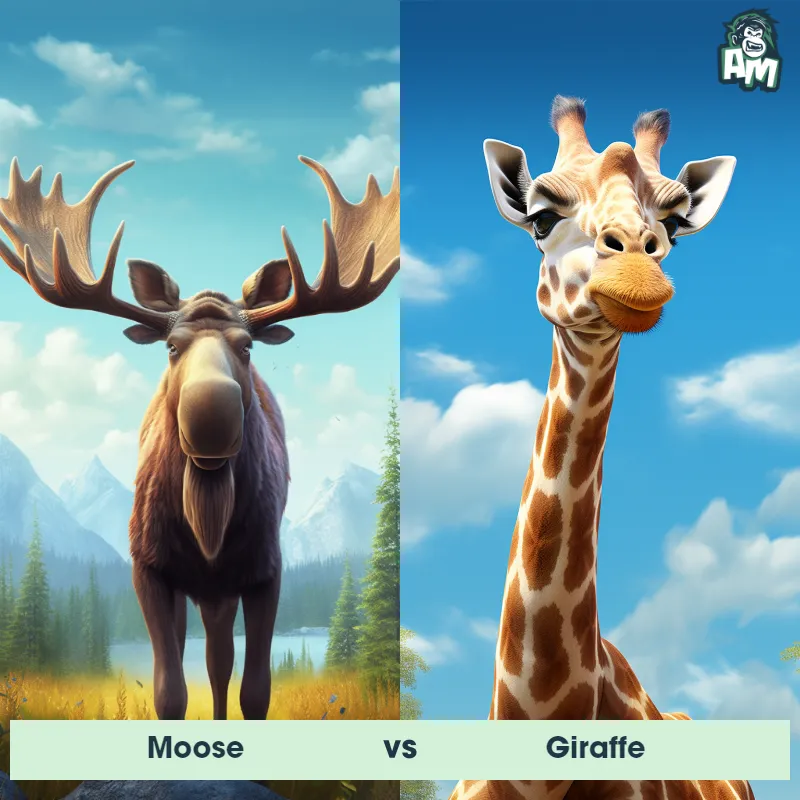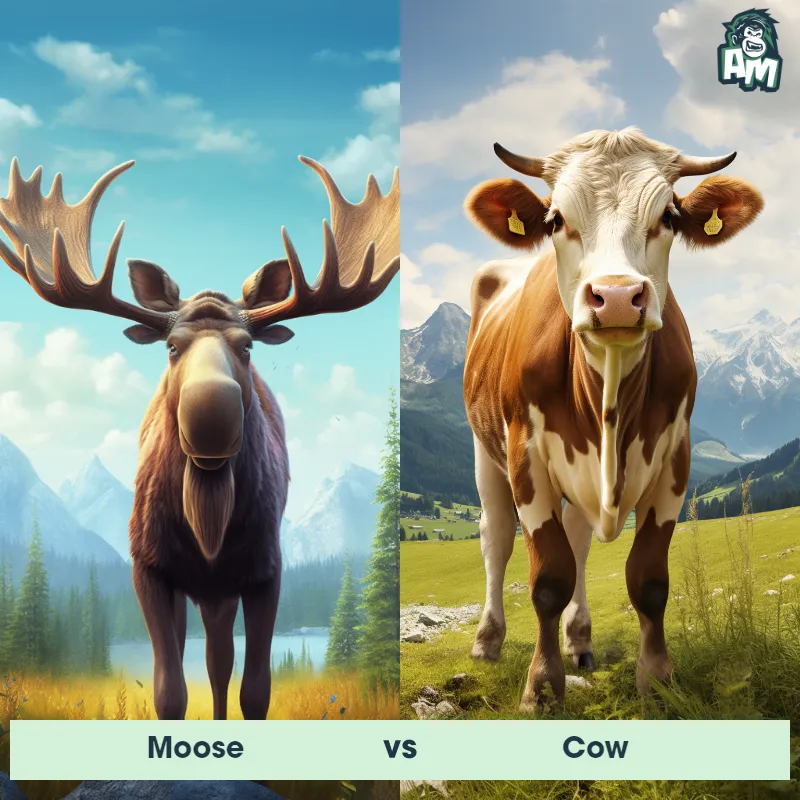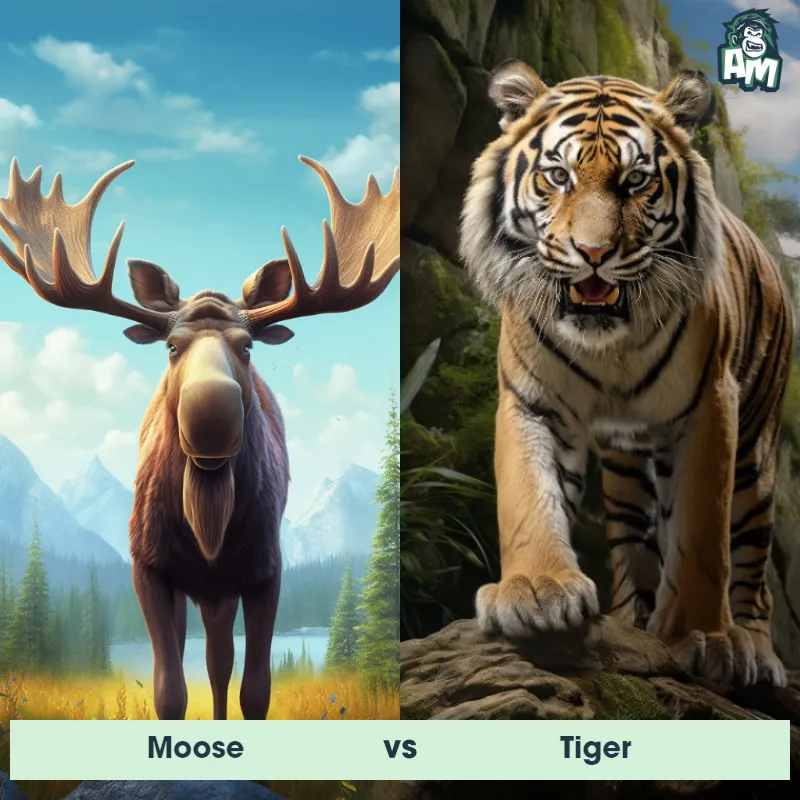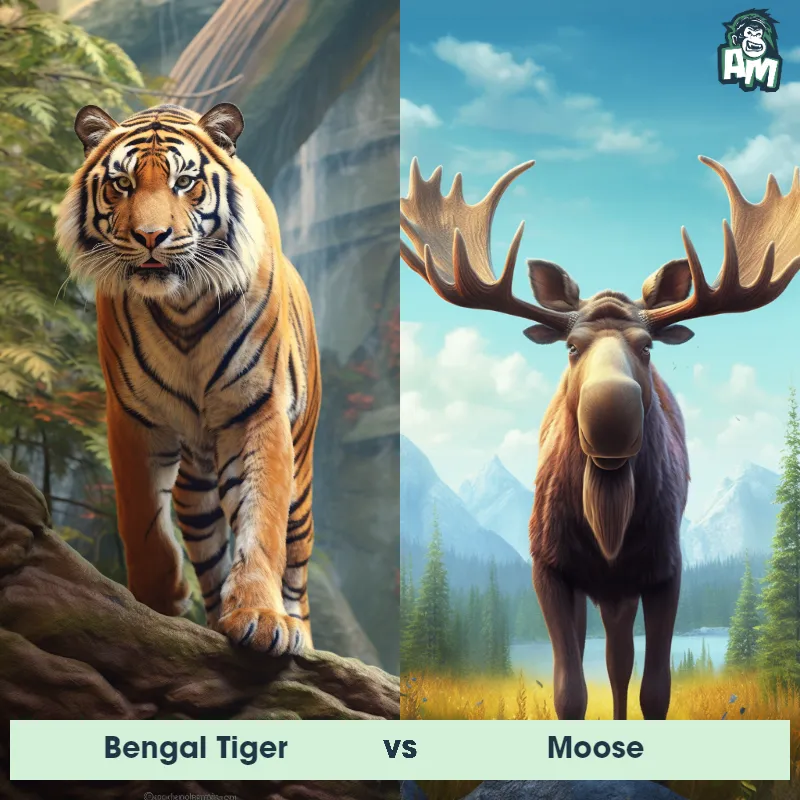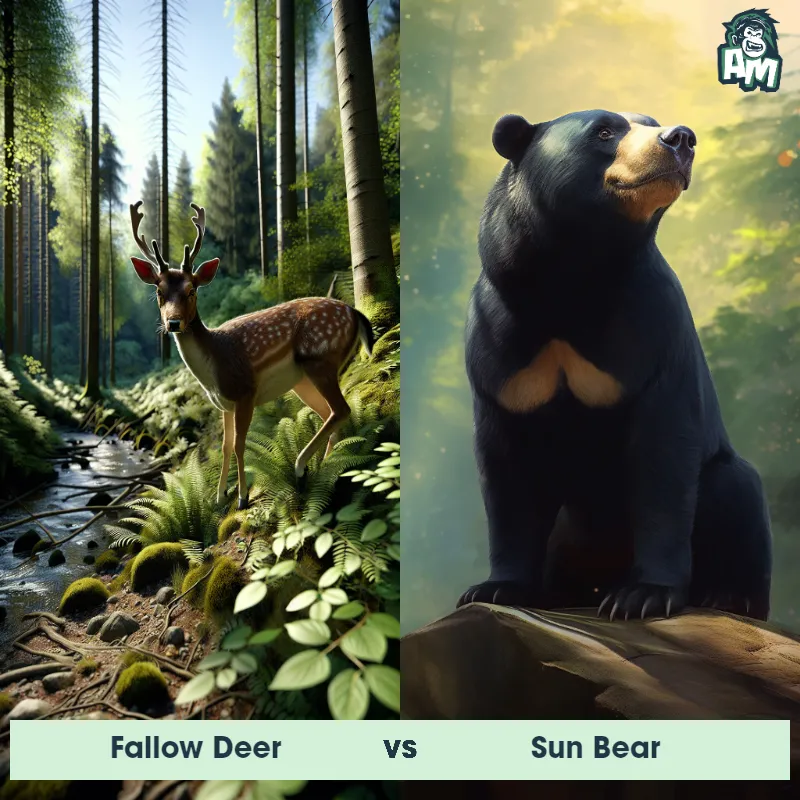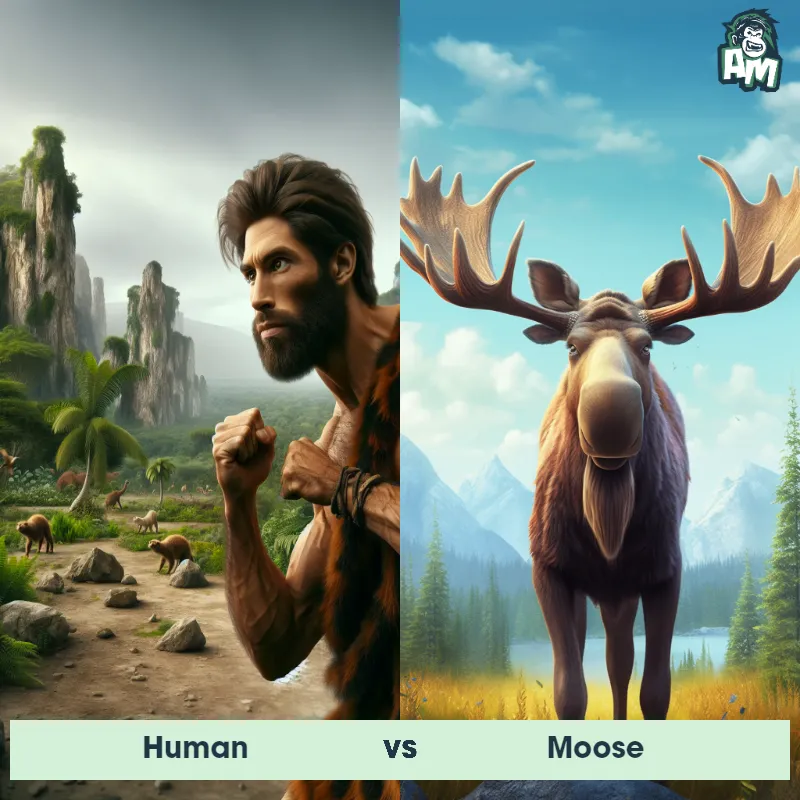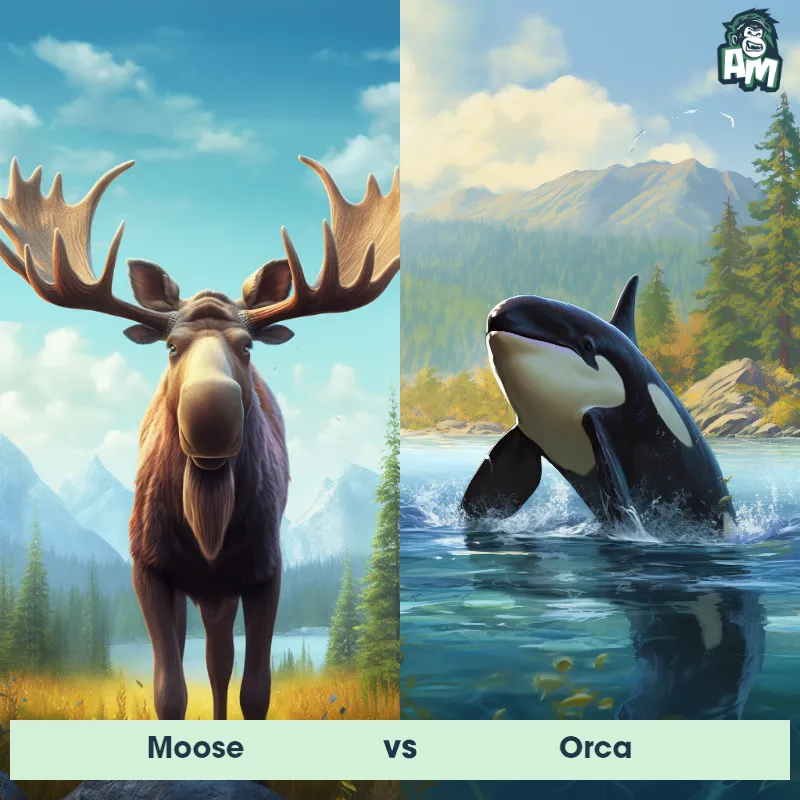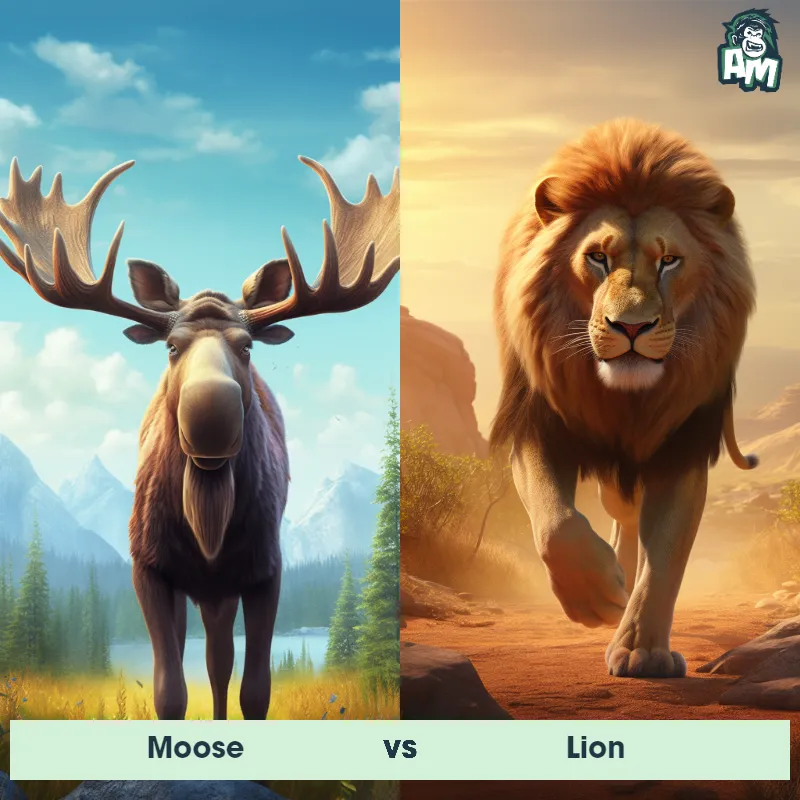Fallow Deer vs MooseSee Who Wins

Welcome, ladies and gentlemen, to this intense matchup between a Fallow Deer and a Moose! Both of these powerful animals are ready to go head to head in a fierce battle. Let's see who will come out on top in this three-round fight.
Contender 1: Fallow Deer
Fallow Deer, scientifically known as Dama dama, are medium-sized deer species native to Mediterranean regions of Europe, Asia Minor, and North Africa. They are characterized by their distinctive coloration, with a coat that varies from light brown to dark black, and their white-spotted back. Another key feature is their palmate antlers, which are flattened and shaped like a hand. Fallow Deer are known for their agility and graceful running, reaching speeds of up to 30 miles per hour. They are herbivores, mainly feeding on grass, leaves, and buds.
Fun Fact: Fallow Deer exhibit a phenomenon known as "lekking," where the males gather in an area called a lek during mating season and engage in elaborate displays to attract mates, often including vigorous fights with rivals.
Contender 2: Moose
The Moose, also known as the Alces alces, is the largest member of the deer family. They are known for their massive size, with males weighing up to 1500 pounds and standing over 6 feet tall at the shoulder. Moose have long, slender legs and a humped back, with a distinctive flap of skin called a bell hanging from their throat. They are typically brown in color, with a darker mane and legs, and their antlers can span up to 6 feet across.
Fun Fact: Moose are excellent swimmers and can swim up to 6 miles per hour, using their powerful legs and large hooves to paddle through the water.
Matchup Stats
| Fallow Deer | Moose | |
|---|---|---|
| Size | 3-3.9 feet (0.9-1.2 meters) at the shoulder | Up to 6 feet (1.8 meters) at the shoulder |
| Weight | 88-198 pounds (40-90 kilograms) | Up to 1500 pounds (680 kilograms) |
| Speed | 37mph (60km/h) | Speed: 35 mph (56.3 km/hr) |
| Key Strength | Antlers for defense and dominance | Powerful antlers used for fighting and display |
| Biggest Weakness | Lack of aggression compared to other deer species | Poor eyesight and slow movement |
Current Votes
Fallow Deer vs Moose
See Who Wins
View More Matches
Looking For More?
Similar Matches
Scientific Stats
| Fallow Deer | Moose | |
|---|---|---|
| Scientific Name | Dama dama | Alces alces |
| Family | Cervidae | Cervidae |
| Habitat | Forests, woodlands, grasslands | Forests, wetlands, and tundra |
| Geography | Found in Mediterranean regions of Europe, Asia Minor, and North Africa | North America, Europe, and Asia |
| Diet | Grass, leaves, buds | Herbivorous, primarily consuming leaves, bark, and twigs |
| Lifespan | 10 years - 16 years | 15 years - 20 years |
Key Differences between Fallow Deer and Moose
- Behavior: Fallow Deer are known for their graceful movements and agility, often bounding and leaping through their habitat, whereas Moose are more lumbering and slow-moving animals.
- Color: Fallow Deer have a distinctive spotted coat that can range from light brown to white, whereas Moose have a dark brown coat with long legs and a humped shoulder profile.
- Diet: Fallow Deer are primarily herbivores, feeding on grasses, leaves, and fruit, while Moose are also herbivores but have a larger diet that includes aquatic plants and twigs.
- Habitat: Fallow Deer are typically found in wooded areas and fields throughout Europe and parts of Asia, while Moose inhabit forested areas and wetlands in North America, Europe, and Asia.
- Antlers: Fallow Deer have palmate antlers that are broad and flattened, while Moose have large, palmate antlers that can span up to 6 feet in width.
- Size: Fallow Deer are smaller in size compared to Moose, with adult males typically weighing around 130-220 lbs, while a male Moose can weigh up to 1,500 lbs.




